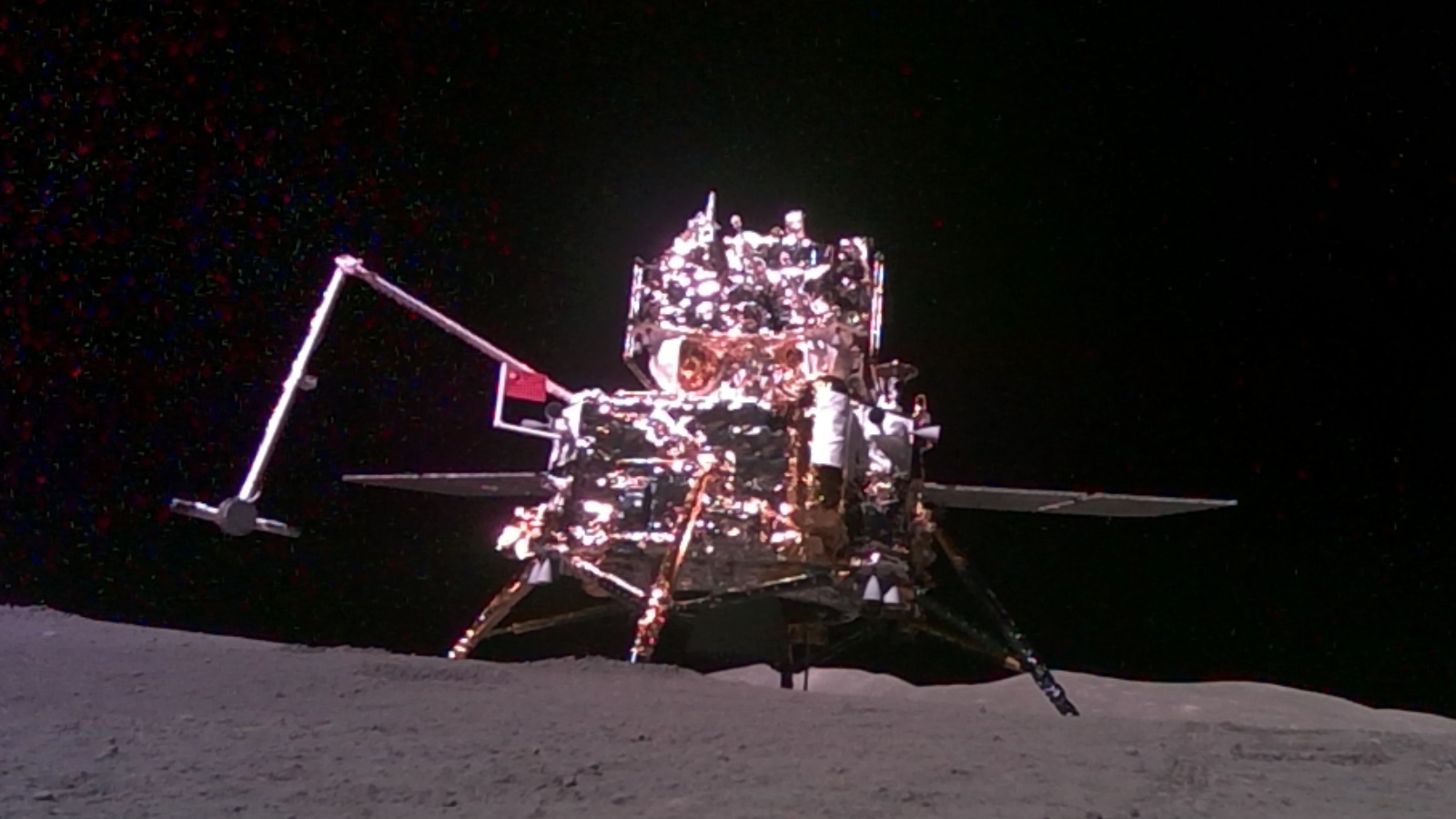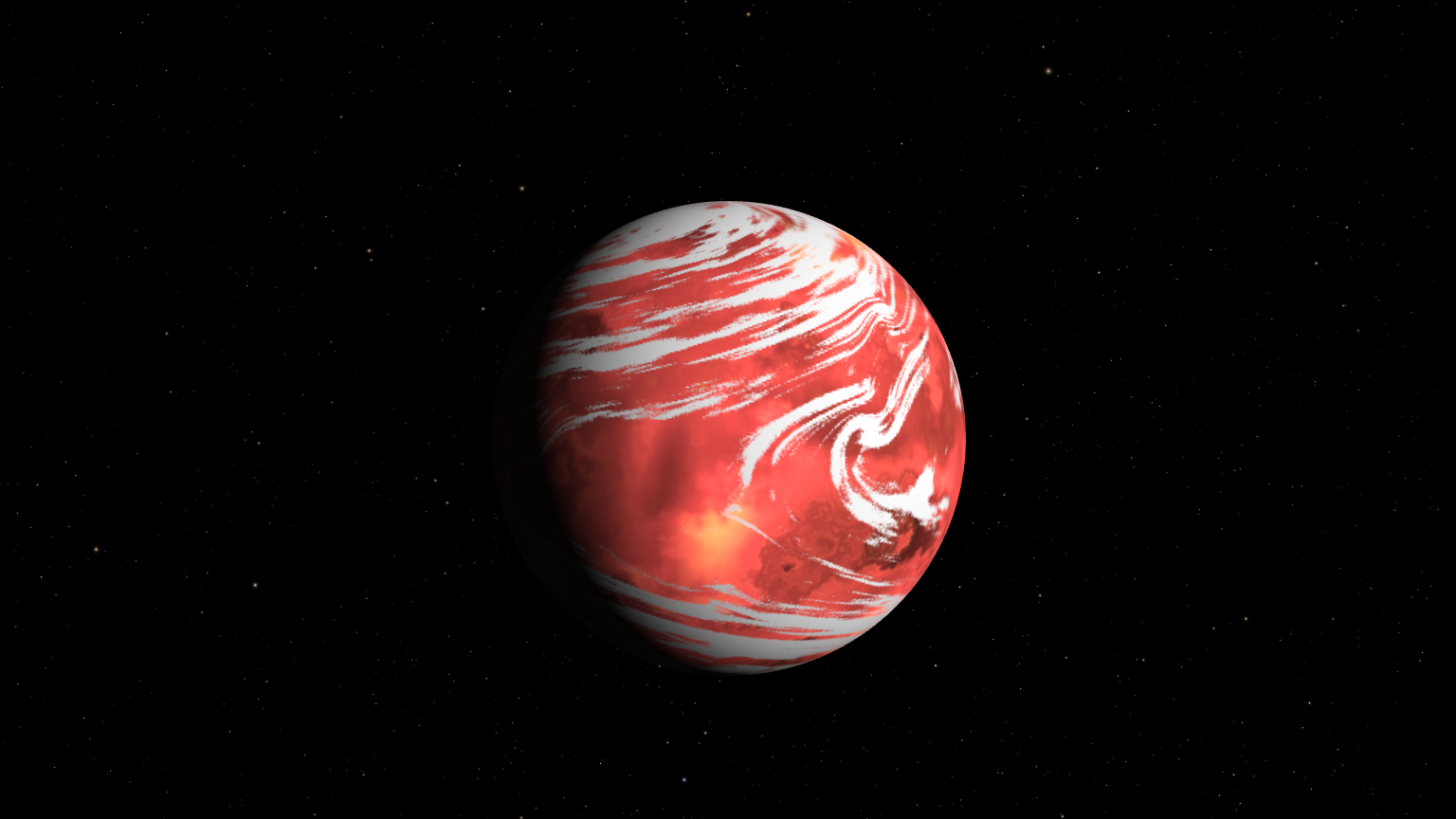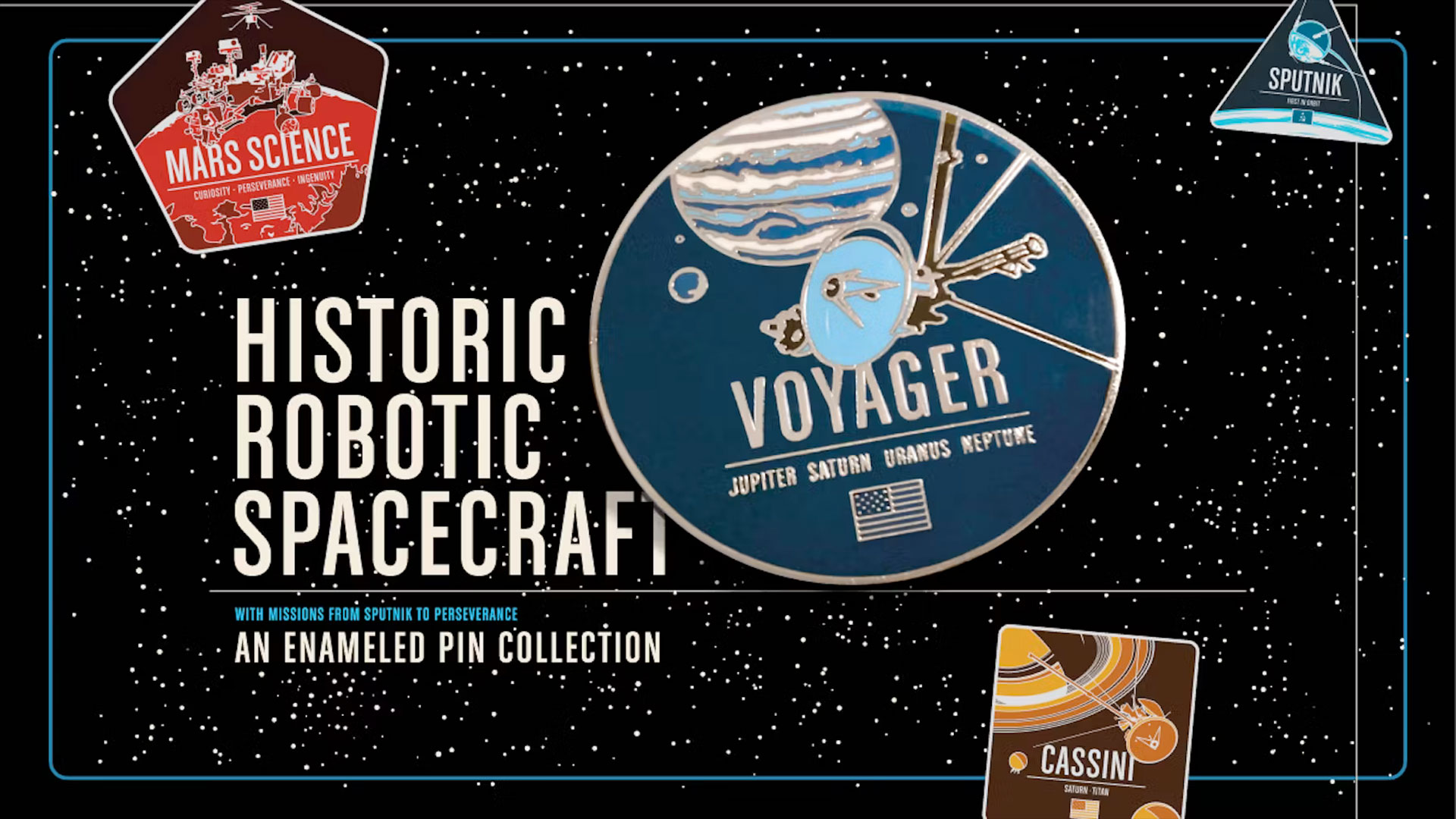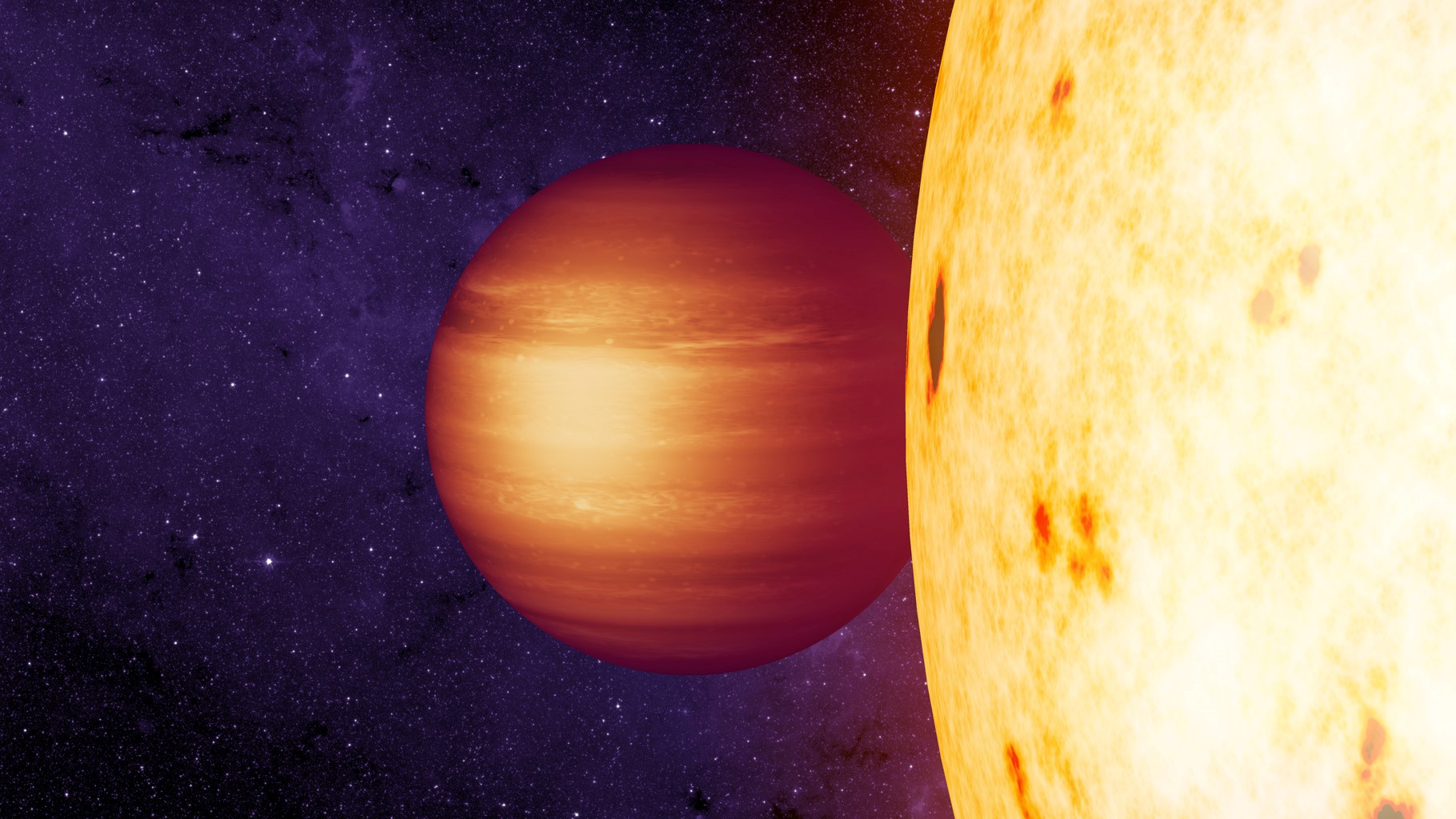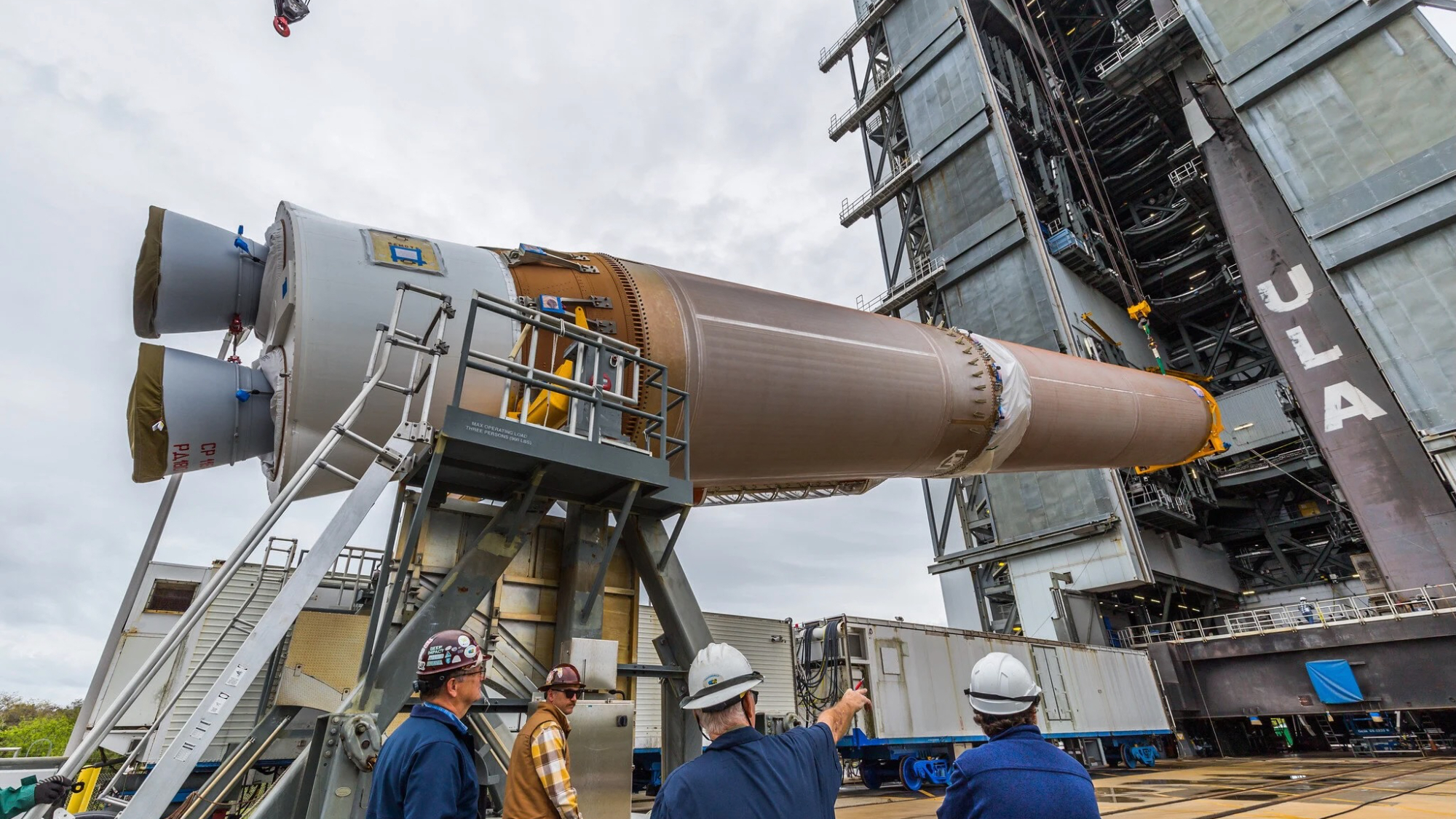These space tech spinoffs are helping scientists fight climate change
Innovations in satellite, telescope and spacecraft technology are not only essential to space exploration, but are also helping to better monitor and mitigate climate change on Earth.

Innovations in satellite, telescope and spacecraft technology are not only essential to space exploration, but are also helping to better monitor and mitigate climate change on Earth.
This year, World Space Week, celebrated globally from Oct. 4 to Oct. 10, is centered on how space technology has proactively enhanced our understanding and management of Earth's climate. For example, numerous Earth-observation satellites closely monitor greenhouse gas emissions and other climate indicators, such as extreme weather, deforestation, drought, sea level changes and coastal degradation. This data allows climate scientists to respond more effectively to natural crises. But there are many less obvious examples of the crossover between space science and climate science.
Let's take a closer look at some of the space tech that has helped strengthen environmental protection and climate resilience on Earth.
Solar panels built to support spacecraft in orbit or on long-duration missions have led to many improvements in solar power generation on Earth. Solar power is a key part of our efforts to combat climate change because it offers a cleaner and more sustainable alternative to non-renewable energy sources that directly contribute to greenhouse gas concentration. Human activities like burning coal for cheap power are huge drivers of greenhouse gases in our atmosphere, and it is those greenhouse gases that force our globe to heat up. In the future, scientists hope to create orbital space power stations that create solar farms in space that then transmit power to Earth — such a situation could offer even more efficient energy production because the panels wouldn't be hindered by Earth's atmosphere. Our planet's atmosphere reflects and absorbs solar radiation, so panels on the ground aren't working at optimal 100% efficiency.
Related: 10 devastating signs of climate change satellites can see from space
Wind energy production has also benefited from space technology. Wind turbines designed to support future Mars missions have been developed and tested in the South Pole to emulate the harsh environment of the Red Planet. This has led to more efficient, long-lasting wind turbines that can be used to generate clean power on Earth, according to NASA.
The same can also be said for the greater fuel efficiency of modern aircrafts, which are major contributors to human-made greenhouse gases on Earth as well. Spacecraft design, however, has led to improved aircraft design with greater fuel efficiency that reduces the amount of fuel that is burned and emitted into the atmosphere.
Get the Space.com Newsletter
Breaking space news, the latest updates on rocket launches, skywatching events and more!
Insulation created to protect spacecraft from extreme heat and just generally regulate temperatures has also been adapted and used in buildings on Earth. Proper insulation helps to conserve energy use by reducing either the need to heat or cool the building. In turn, less energy use results in fewer harmful emissions released into the atmosphere.
Another example is an instrument called MOXIE (Mars Oxygen In-Situ Resource Utilization Experiment), which was sent to Mars with NASA's Perseverance Mars rover. As part of that mission, MOXIE successfully produced a total of 122 grams (4.3 ounces) of Martian oxygen using carbon dioxide in the Red Planet's atmosphere.
Technological developments that ultimately led to the creation of MOXIE have also been used on Earth to build systems that can help reduce the amount of carbon dioxide — the most prominent driver of climate change on Earth — that is released into the planet's atmosphere. The technology has had various applications, from oil wells and to beer breweries, where the captured carbon dioxide can even be reused for carbonization, according to NASA.
Furthermore, quantum sensors used to measure gravity, acceleration and rotation of spacecraft have applications for monitoring fine-scale variations in glacier ice melt, groundwater depletion, ocean circulation and rising sea levels across different areas on Earth. For example, these sensors, designed for space missions, can detect changes in Earth's gravity field following changes to or movements of large masses on the planet's surface. Being able to measure such events is beneficial to our climate change response.
There have been numerous space-based technologies adapted for use on Earth. Such technology allows scientists to better understand, measure and manage climate risks around the globe, while also supporting humanity's efforts to explore deeper in the cosmos.
This article is part of a special series by Space.com in honor of World Space Week 2024, which ran from Oct. 4 to Oct. 10 and explored how space technology can help fill the toolboxes of climate scientists.
Join our Space Forums to keep talking space on the latest missions, night sky and more! And if you have a news tip, correction or comment, let us know at: community@space.com.

Samantha Mathewson joined Space.com as an intern in the summer of 2016. She received a B.A. in Journalism and Environmental Science at the University of New Haven, in Connecticut. Previously, her work has been published in Nature World News. When not writing or reading about science, Samantha enjoys traveling to new places and taking photos! You can follow her on Twitter @Sam_Ashley13.
-
scvblwxq I'd bet the UN/IPCC in Switzerland won't be holding any outdoor meetings this winter to get a taste of the real outdoor climate. They would probably rather stick to the warm indoors and their hot running climate models.Reply -
COLGeek Reply
Not really adding much to the topic. Weather and climate are not synonymous. Not a good argument you posted.scvblwxq said:I'd bet the UN/IPCC in Switzerland won't be holding any outdoor meetings this winter to get a taste of the real outdoor climate. They would probably rather stick to the warm indoors and their hot running climate models.

